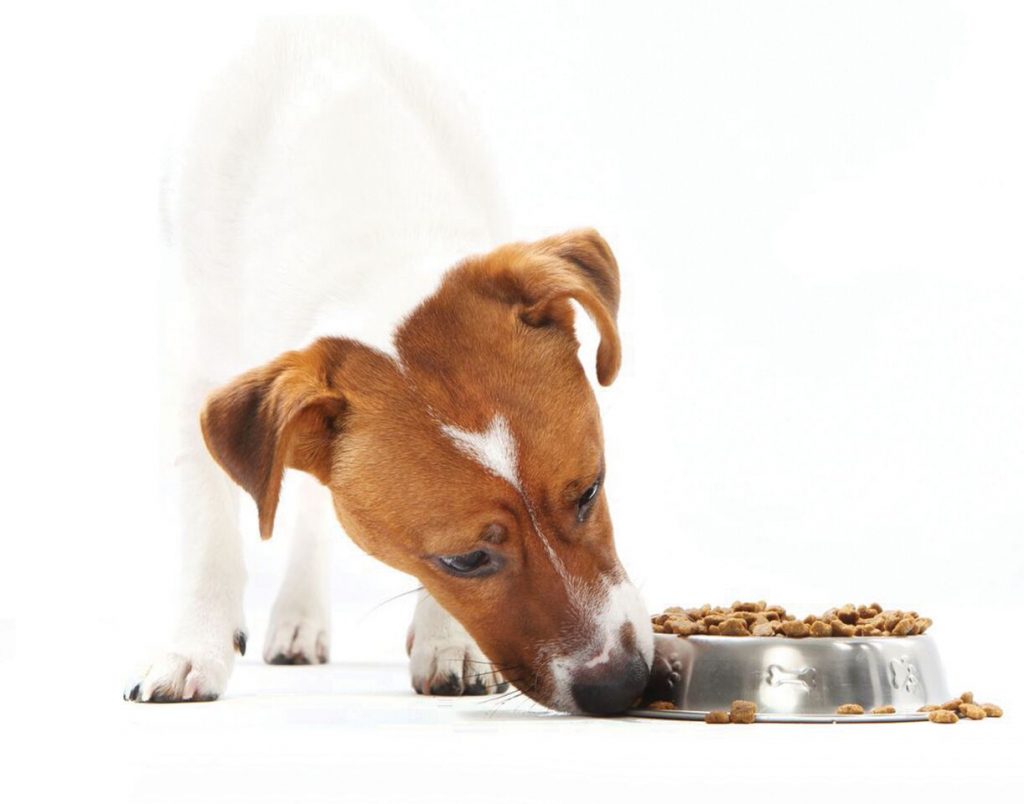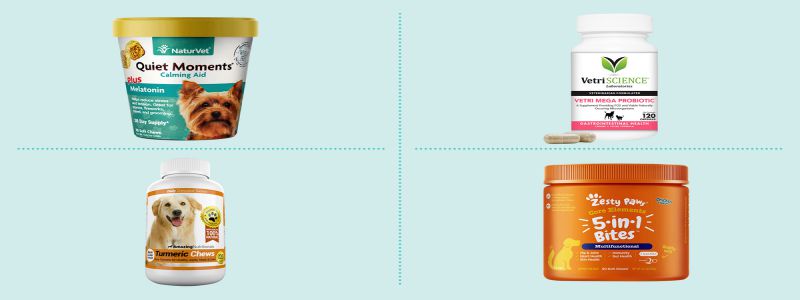Modern Pets Food
Modern Pets food is the topic of today discussion. Role of Pets animals are considered as family member due to reduction in industrialized countries(Shepherded,2008).Pets food comprises in plant or animal material that is plan for the consumption of pets.Functional Food give healthy benefits if used on a regular basis.Availability and benefit of functional foods in a pet nutrition with the focus on pets are discuss in this article.

Modern Pets Food Complete Overview
Novel Foods include as a functional food because they give health benefits like provide vitamins ,minerals ,water ,proteins ,carbohydrates and fats to the pets(Hasler,2000). Function of functional food has been better explored in dogs and cats in order to understand their metabolism(Swanson et al.,2003).Dogs has some carnivorous characteristics with cats as both have the deficiency of salivary amylase and due to this they are unable to synthesize vitamin D(National Research council, 2006).But three genes AMY2B,NGAM and SGLT1 evolved only in dogs that participate in Glucose and Starch digestion (Axelsson et al.,2013).Dogs can also synthesize Niacin,Ta urine and Arginine that are essential nutrients of pets(Bosch et al.,2015).Cats can also metabolism amino acids as a energy source for gluconeogenesis (Morris,2002).Cats’s diet consist of 52% protein,36% fat and 12% carbohydrates(Plantinga et al.,2011).
Dietary Fibers are also present in pets food(de Godoy et al.,2009)that can alter the intestinal micro flora btencourage commensurable bacterial growth (Tungland,2003).
Whole grains like wheat , corn, oats, barley(Slavin et al.,2001)are rich in trace minerals,Vitamin B and E,dietry fibers (Fardet et la.,2010).90% of cereal grains is mainly used in animal feeding that comprises from 21% to 27% of dietary fiber,12% to 16% of crude protein,18% to 22% of crude fat(Kahlon,2009).
Four companies are consider to control 80% of the world’s pet food in market,that companies are Procter & Gamble,Nestle,Mars & Colgate-Palmolive(Hickmen et al.,2009).
Objective of this review is to discuss the availibilty and use of functional foods in pets.
Availability and safety of food supply are of great interest to consumers (Bucchanan et al.,2011).Pet owners have shown great interest in holistic,natural diets because it reduce the risk of Obesity(John and Engleson.,2010)and prevent diabetes mellitus (Pereire et al.,2002).
REFERENCES:
Axelsson,E.,Ratnakumar,A.,Arendt,M.L., Maqbool, K., Webster,M.T.,Perloski,M., Liberg, O., Arnemo, J.M., Hedhammar, A., Lindblad-Toh, K.,2013.The genomic signature of dog domestication reveals adaptation to starch-rich diet.Nature 495,360-364.
Bosch, G., Hagen-Plantinga, E.A., Hendriks, W.H., 2015.Dietry nutrient profiles of wild wolves: insights for optimal dog nutrition? Br. J . Nutr. 113, S40-S54.
Buchanan, R.L., Baker, R.C., Charlton, A.J., Riviere, J.E., Standert, R., 2011.Pet food safety: a shared concern. Br. J. Nutr.106,S78-s84.
Fardet, A., 2010.New hypotheses for the health protective mechanisms of whole grain cereals:what is beyond fibre? Nutr. Rev. 23, 65-134.
de Godoy, M.R., Bauer, L.L., Parsons, C.M., Fahey Jr., G.C., 2009.Select corn coproducts from the ethanol industry and their potential as ingredients in pet foods. J . Anim.Sci.87, 189-199.
Hasler, C.M., 2000.The changing face of functional foods. J. Am. Coll. Nutr, 19,499S-560S.
Hickman, Leo.Britain’s problems with pets,The Guardian,November 13,2009.
Jonea, J.M., Engleson, J., 2010. Whole grains: benefits and challenges. Annu. Rev. Food Sci. Technol. 1,19-40.
Kahlon, T.S., 2009. Rice Bran: production, composition, funtionality and food applications, physiological benefits. In: Boca Raton, U. (Ed.), Fiber Ingredients:Food Applications and Health benfits. F Taylor & Francis Group, pp. 305-322 (Cho, S. S.Samuel, P.).
Morris, J.G., 2002. Idiosyncratic nutrient requirements of cats appear to be dier-induced evolutionary adaptations. Nutr. Res. Rev. 15, 153-168.
National Research Council, Division on Earth and Life Studies,Board on Agriculture and Natural Resources, Committee on Animal Nutrition ,Subcommittee on Dog and Cat Nutrition, 2006. Nutrient Requirements of Dogs and Cats. National Academies Press.
Pereira, M.A., Jacobs Jr., D.R., Pins, J.J., Raatz, S.K., Gross, M.D., Slavin, J.L., Seaquist, E.R,2002.Effect of whole grains on insulin senstivity in overweight hyperinsulinemic adults. Am. J. Clin. Nutr. 75,848-855.
Plantinga, E.A., Bosch,G., Hendriks, W.H., 2011. Estimation of the dietry nutrient profile of free-roaming feral cats:possible implications for nutrition of domestic cats.Br. J. Nutr. 106, S35-S48.
Shepherd, A.J., 2008.Results of the 2006 AVMA survey of companion animal ownership in US pet-owning households. J.Am.Vet. Med. Assoc.232, 695-696.
Slavin, J.L., Jacobs, D., Marquart, L., Wiemer, K., 2001. The role of whole grains in disease prevention. J. Am. Diet. A ssoc.101, 780-785.
Swanson, K.S., Schook, L.B., Fahey Jr., G.C., 2003. Nutritional genomics: implications for companion animals. J. Nutr.132, 980-989.
Tungland, B.C.,2003. Fructooligosaccharides amd other fructrans:structures and occurance, production, regulatory aspects, food applications, and nutritional health significance, oligisaccharides in food and agriculture. Am. Chem. Soc. 135-152.
for more articles visit our websites TECHNOVETS & VETERINARY DISCUSSIONS






